Israel said it destroyed three Syrian army tanks on July 14ᵗʰ after the crewed vehicles rolled into farmland near the village of Samiʿ, about nine miles from the Israeli‐occupied Golan Heights. The strike, carried out at roughly 2:15 p.m. local time, was limited to Sweida Province and over in minutes, according to an Israeli military statement. Syrian state television put the death toll at 18 soldiers, while local monitor Sweida24 reported a lower figure of 11 and posted photos of two charred T-72s. Israel Defense Forces (IDF) spokespeople said the armor “posed an imminent threat,” pointing to a long‐standing Israeli rule that Syrian heavy weapons must stay north of Damascus.
Why the Tanks Were There
Sweida—home to most of Syria’s Druze minority—has been on edge for months. On July 12ᵗʰ a Druze merchant was ambushed on the Damascus-Sweida highway, sparking tit-for-tat kidnappings between local Druze fighters and Sunni Bedouin gunmen. When the violence spread to the city of Sweida the next day, interior-ministry troops deployed alongside Bedouin groups, drawing small-arms fire from Druze militias. By dawn July 14ᵗʰ more than 30 people were dead, including at least six members of the security forces. Damascus then dispatched a small armor column—five tanks and several IFVs—to reinforce checkpoints south of Sweida. Israeli drones tracked the movement and, according to the IDF, saw two tanks turn off the highway and head toward high ground overlooking the Golan. That, Israel says, triggered the airstrike.
Israel’s Calculation
Prime Minister Benjamin Netanyahu has told Knesset members that two goals guide Israel’s Syria policy: keep any Iranian-backed force away from the Golan, and deter attacks on the Druze. Sweida’s residents share family and religious ties with roughly 150,000 Druze in northern Israel, a constituency that exerts influence in coalition politics. Since May the IDF has launched at least four sorties inside Syria—one near the presidential palace in Damascus—each time citing either Iranian entrenchment or Druze protection. Defense Minister Israel Katz said Monday’s strike was “both a warning and a promise” that Israel will not allow Syrian armor to maneuver south of the capital. Opposition lawmakers asked why jets, rather than tank-killing drones, were used; the Air Force replied that jets carry heavier ordnance and reduce the chance of inaccurate hits in populated terrain.
Damascus and Beyond
Syria’s interim interior minister, Anas Khattab, called the strike “naked aggression” and insisted government armor was guarding relief convoys, not planning an advance on Israel. He accused “separatists” inside Sweida of inviting foreign intervention. The new Islamist-led government, which replaced Bashar al-Assad last December, is struggling to show it can police sectarian hotspots without outside help. The United Nations voiced concern for civilians and said all parties must respect international law. Russia, focused on its Ukraine front, issued a brief statement condemning strikes that “destabilize Syria,” but diplomats noted Moscow pulled most of its air assets out of the country last year.
Regional reaction was muted. Jordan, wary of spillover fighting along its northern border, urged restraint. Lebanon’s Hezbollah—tied up against Israel on its own southern front—made no public threat. For Washington, the incident highlights the narrow margin for miscalculation: U.S. forces still train Syrian Kurdish units in the east, and the Air Force maintains a deconfliction line with Russia, but they have little influence in the southwest. A State Department spokesperson reiterated America’s “ironclad right of Israel to defend itself” yet declined to comment on the strike’s legality.
What Comes Next
In Sweida the immediate priority is preventing another round of communal bloodshed. Druze spiritual leader Sheikh Hikmat al-Hijri appealed via local radio for international monitors and accused Khattab’s forces of siding with extremist Bedouin groups. The interim government says it will send more police—“not tanks”—and hold talks with community elders. Whether either side can rein in armed factions is uncertain; Sweida militias, though lightly equipped, proved resilient during earlier clashes in 2021 and 2023.
Israel signaled it will strike again if Syrian armor reappears south of Damascus. The IDF also warned it may target Iranian advisers believed to be embedding with Bedouin fighters, though open evidence is sparse. Analysts at Israel’s Alma Center argue that even sporadic Syrian deployments risk drawing Israel into what has become Syria’s most fragmented front. Meanwhile, Syria’s interim cabinet faces pressure to assert authority without provoking another Israeli response—a balance it has yet to master since Islamist rebels ousted Assad.
For civilians, the outlook is bleak. Sweida’s economy revolves around agriculture and cross-border trade; both are paralyzed when highways close or Israeli jets prowl overhead. International aid agencies, already stretched by Gaza and Ukraine, have limited capacity to mount relief operations in a province where armed gangs, not formal checkpoints, control many roads. Without a credible security plan, Sweida risks sliding into a cycle familiar in Syria’s 13-year war: local grievances explode, government troops move in, Israel reacts, and civilians absorb the cost.
Israel’s Monday strike was short, precise, and, according to early reports, tactically successful. Whether it advances the broader goal of keeping the Golan quiet depends on what Syrian forces do next—and on the ability of Sweida’s fractured communities to settle their dispute before the next tank column rattles south.



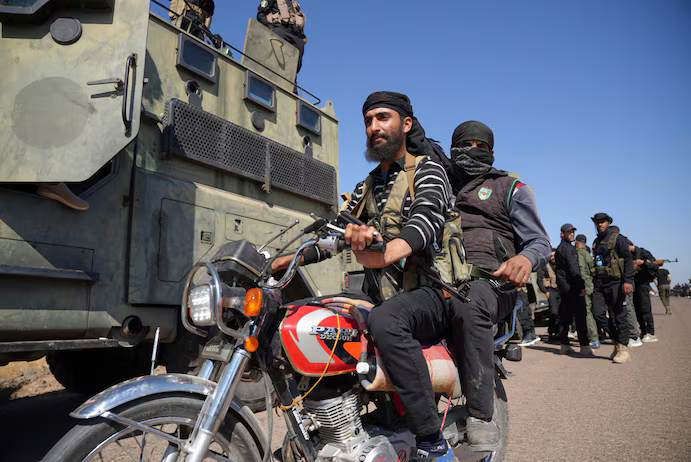
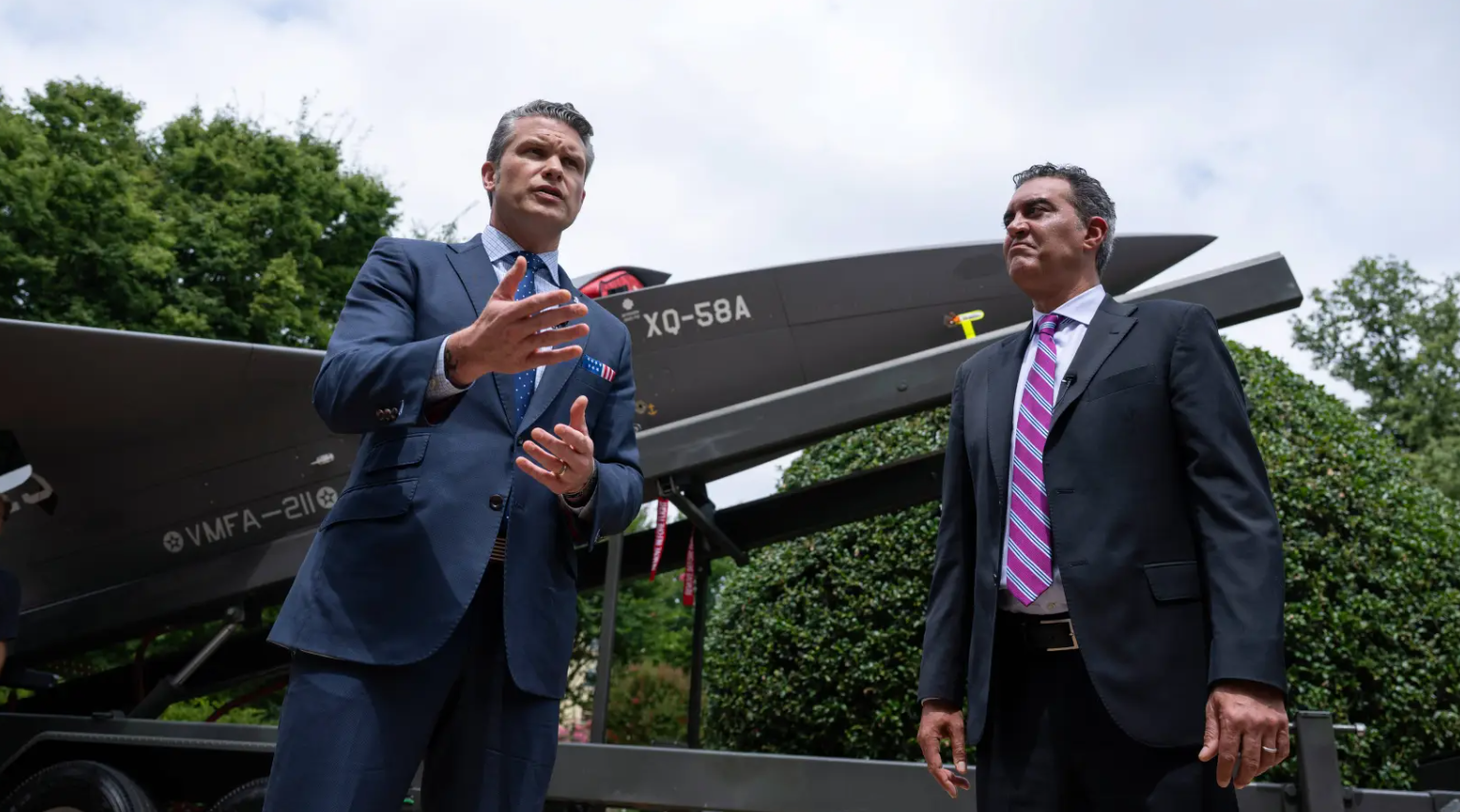
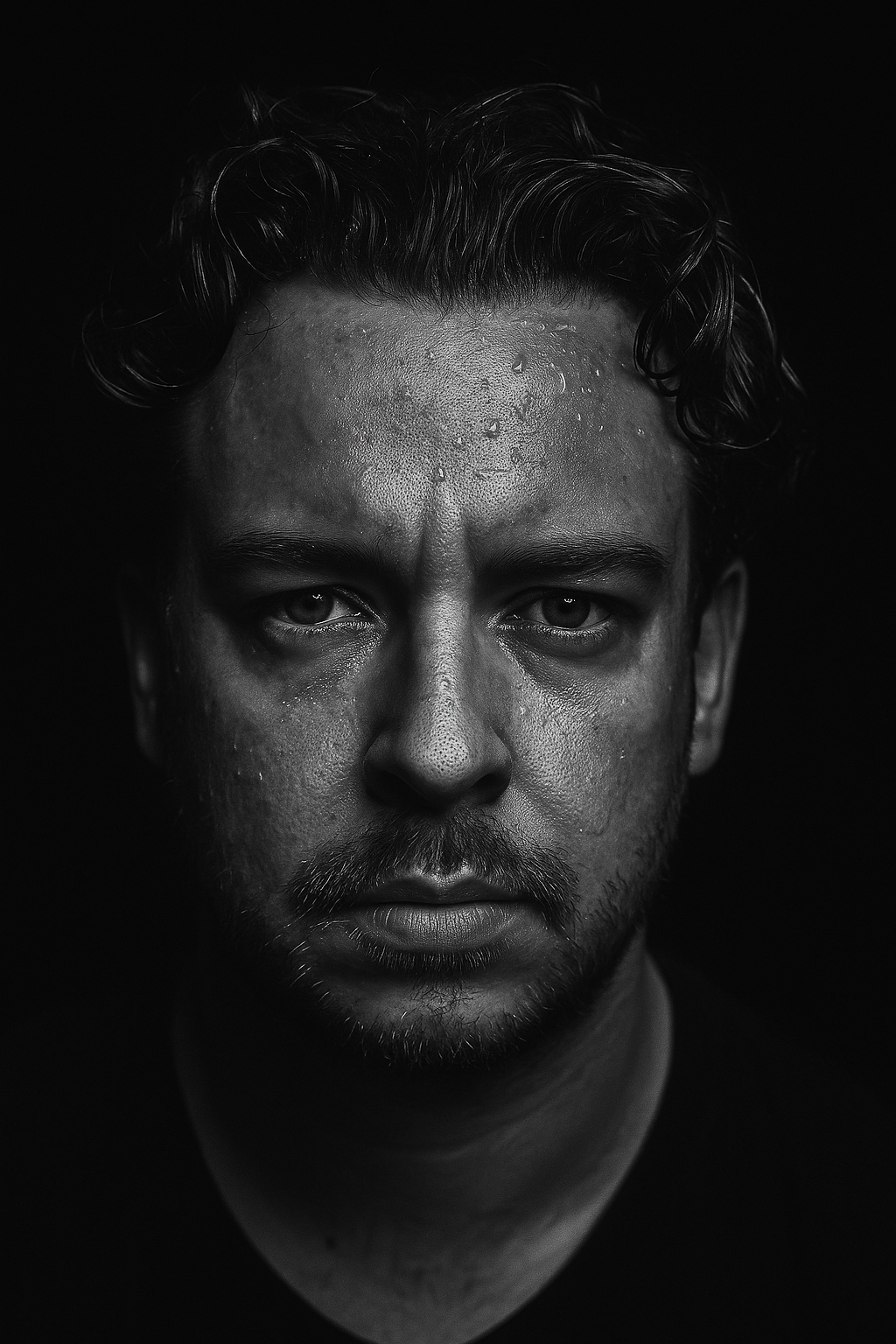

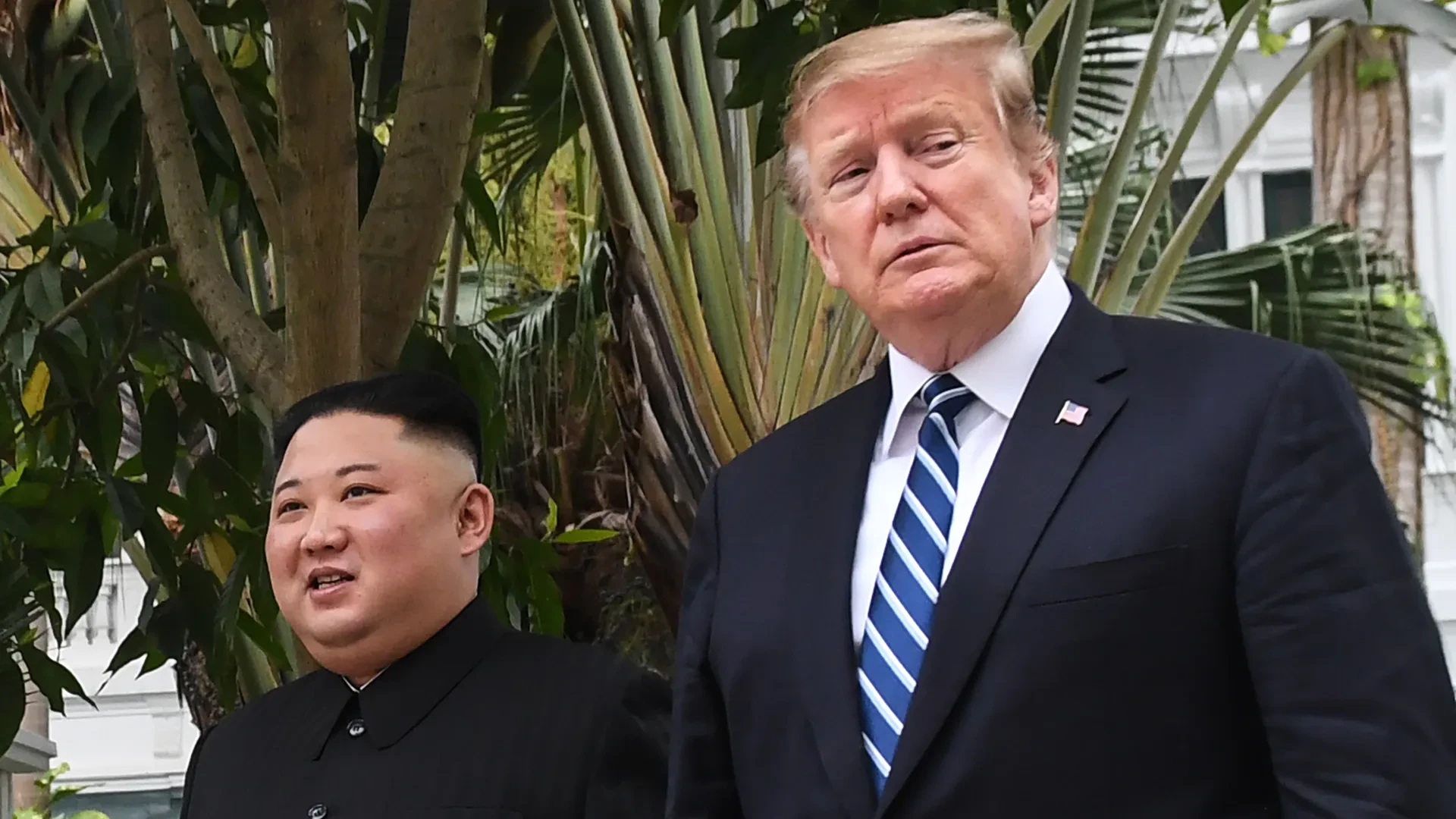
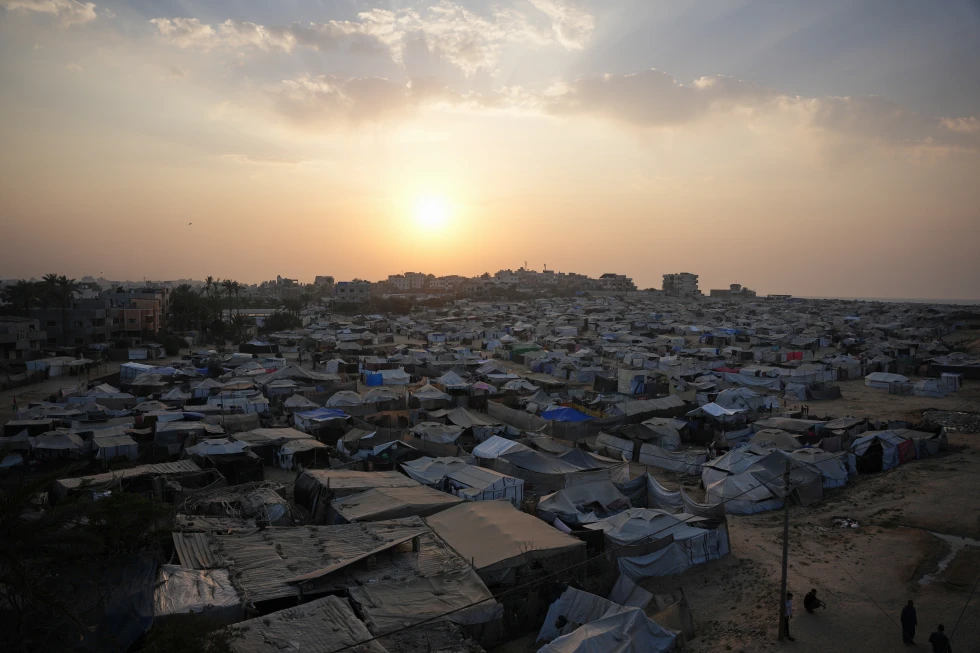
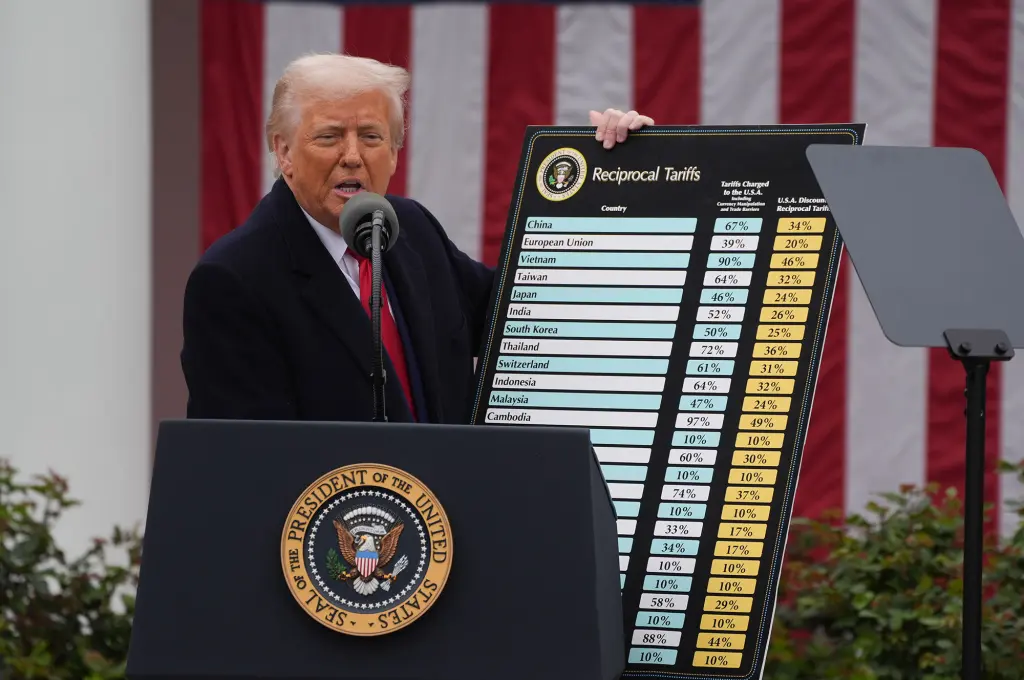
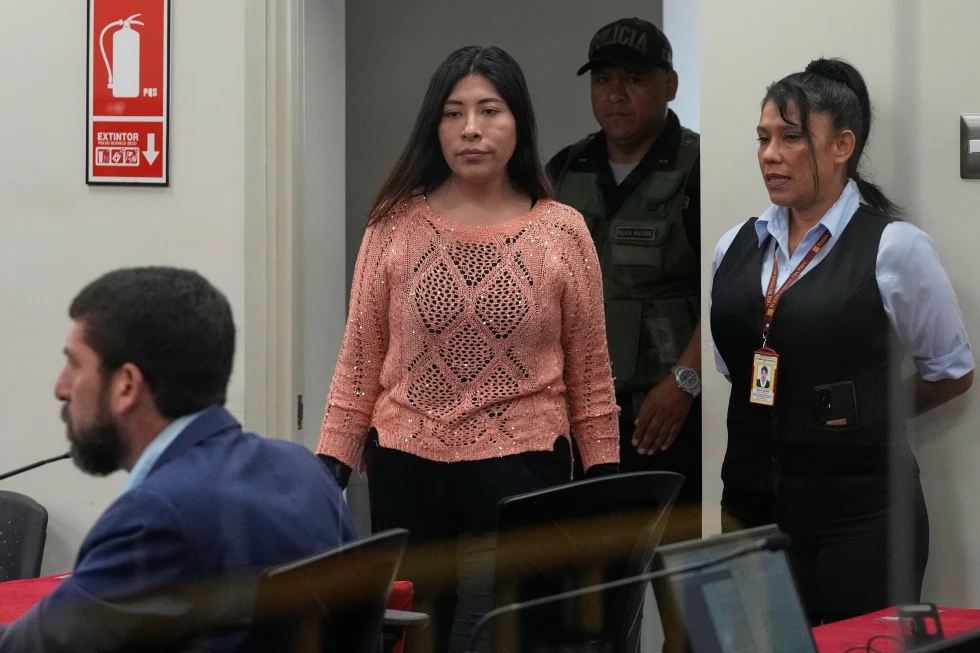
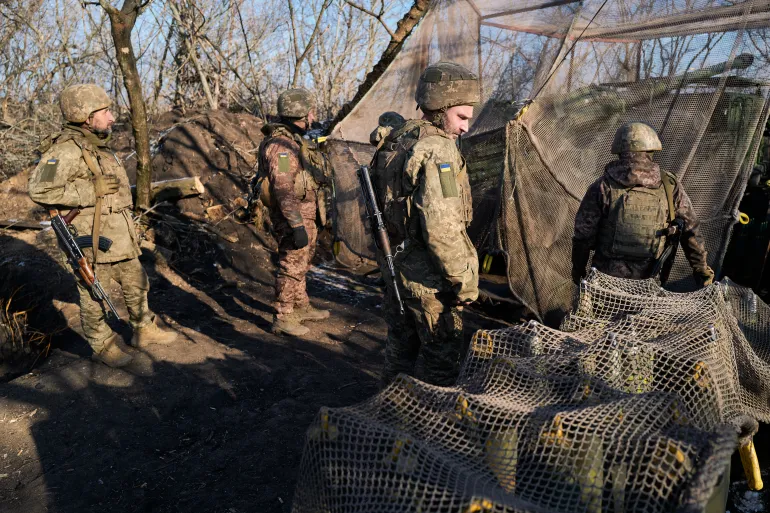

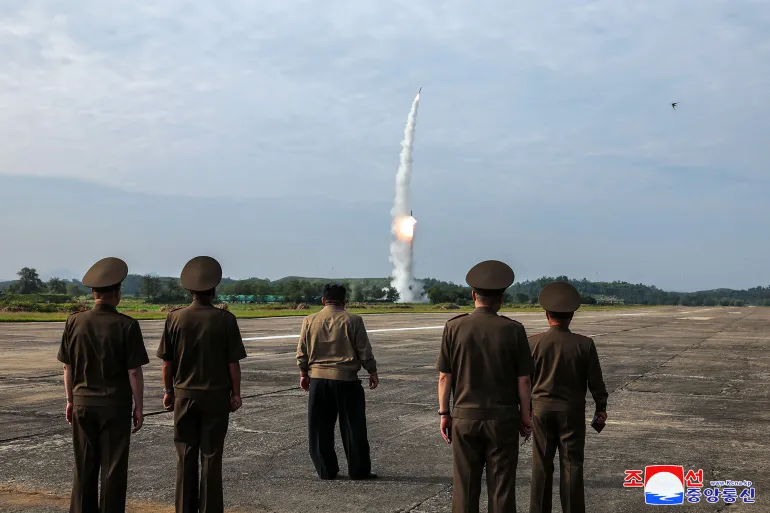

Discussion